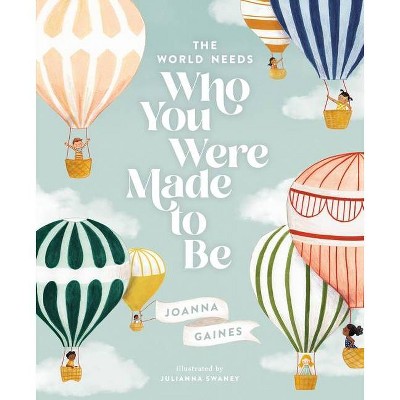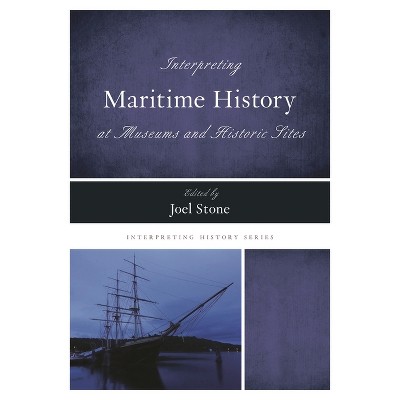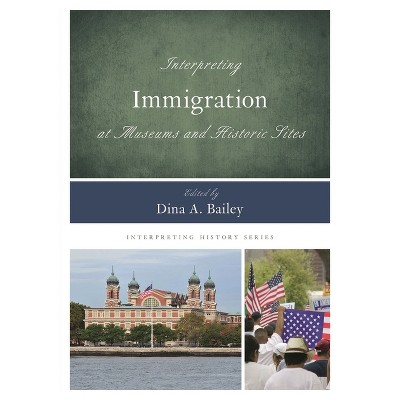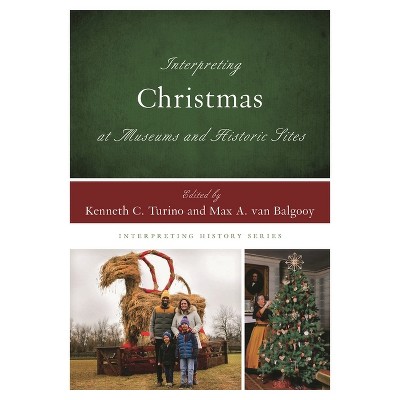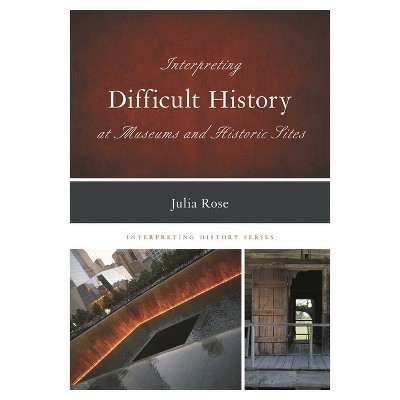Interpreting Religion at Museums and Historic Sites - (Interpreting History) by Gretchen Buggeln & Barbara Franco (Paperback)

About this item
Highlights
- Interpreting Religion at Museums and Historic Sitesencourages readers to consider the history of religion as integral to American culture and provides a practical guide for any museum to include interpretation of religious traditions in its programs and exhibits.
- About the Author: Gretchen Buggeln holds the Phyllis and Richard Duesenberg Chair in Christianity and the Arts at Valparaiso University.
- 240 Pages
- Business + Money Management, Museum Administration & Museology
- Series Name: Interpreting History
Description
About the Book
Interpreting Religion at Museums and Historic Sites encourages readers to consider the history of religion as integral to American culture and provides a practical guide for any museum to include interpretation of religious traditions in its programs and exhibits.Book Synopsis
Interpreting Religion at Museums and Historic Sitesencourages readers to consider the history of religion as integral to American culture and provides a practical guide for any museum to include interpretation of religious traditions in its programs and exhibits.Review Quotes
Interpreting Religion is an essential starting point for those who seek to represent religion to the public. It not only will generate ideas for curators and educators, it will serve to stimulate reflection on the slippery beast we name "religion".
This book addresses what has been a source of anxiety and concern for many years. This book, a publication of the American Association for State and Local History (AASLH), attempts, through case studies of successful
exhibitions, to suggest ways to approach the interpretation of religious topics for a general audience. The book would certainly be of use to anyone preparing a religious site for public consumption, whether a museum professional or a representative of the religious faith represented.
A splendid introduction to interpreting religion in museums and historic sites. This very welcome publication, the sixteenth in AASLH's Interpreting History series, demonstrates that the study of religion in museums has come of age: theory has moved on to practice. . . . all in all this is an excellent handbook which marks a big step forward for the interpretation of religion in visitor attractions, and offers inspiration and models to history museums and historic sites of many different types, and in many different countries.
I have been waiting for a book like this for a long time. Gretchen Buggeln and Barbara Franco have gathered an impressive collection of essays by museum professionals and public historians who have thought deeply about the place of religion in some of our most important cultural institutions. This is a landmark volume.
Interpreting Religion at Museums and Historic Sites is a godsend. Religion has often been taboo in museums and historic sites because of its complexity and potential emotional volatility, but with rare candor and courage, the contributors to Interpreting Religion show why any truthful representation of the American experience demands attention to the ubiquity of religion, religious objects, and religious claims that make up America. With case studies of museum exhibitions and historic site interpretations, along with broader essays on methodology, best practices, and historiography, this book is at once ecumenical and educational in its reach and should become scripture for anyone in the profession contemplating finding the very soul of America.
Interpreting Religion. . . sparks a conversation, suggests a course of action that is both practical and inspiring, and looks to the future of museum interpretation - an ambitious set of goals for a relatively slim volume. No single case study offers a universal prescription for interpreting religious history, but taken together, they provide tools which can be combined to fit any site, secular or overtly religious, large or small, urban or rural. Interpreting Religion's format allows the editors to demonstrate the diversity of religious experience in America's past, argue for the importance of its role in interpreting the past in any setting, and offer a variety of tools to museum professionals wishing to deepen their site's engagement with religious topics. . . . Interpreting Religion at Museums and Historic Sites is a call to action, but it also provides public historians a solid foundation from which to start.
About the Author
Gretchen Buggeln holds the Phyllis and Richard Duesenberg Chair in Christianity and the Arts at Valparaiso University. She previously was associate professor and director of the residential research program at the Winterthur Museum. Buggeln is the author of Temples of Grace: The Material Transformation of Connecticut's Churches, 1970-1840 (2003)and The Suburban Church: Modernism and Community in Postwar America (2015), as well as numerous articles on religious architecture and artifacts, museums, and American religious history. She is co-editor, with Crispin Paine and S. Brent Plate, of Religion in Museums: Global and Multidisciplinary Perspectives (2017).
Barbara Franco has had a long career in American history museums as a curator and administrator and most recently served as Executive Director of the Pennsylvania Historical and Museum Commission and as Founding Director of the Gettysburg Seminary Ridge Museum. She served as a past chairman of the American Association for State and Local History and co-edited Ideas and Images: Developing Interpretive History Exhibits (1992).She has written numerous articles on museum practice and historical interpretation, and currently works as an independent scholar and museum consultant.Shipping details
Return details
Trending Non-Fiction





